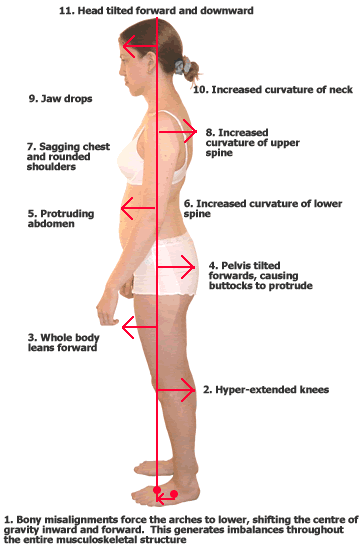With race season upon us, many competitors have already begun to reacquaint themselves with their in-season training routines. Often times, this may mean confronting the frustration of pain, stiffness and impaired body function.
Sports massage is the traditional route that many athletes utilize when they are forced to combat these issues. While massage therapy is certainly a valuable tool for outdoor enthusiasts and athletes, structural integration is an often overlooked therapy that can have a huge impact on athletic performance.
SI is a type of bodywork that focuses on the connective tissue, or fascia, of the body. Fascia surrounds muscles, groups of muscles, blood vessels, organs, and nerves, binding some structures together while permitting others to slide smoothly over each other. Fascia is designed to be elastic and move freely with muscles and bones. Injury, stress, work-related repetitive movements and the effects of aging can cause fascia to lose its elasticity and become shorter, tighter, and denser. Tightened fascia pulls our muscles and skeleton out of proper alignment and posture, which can cause pain, discomfort, and fatigue – all of which can be aggravated as we train harder.
Ken Collins, a 45 year old Spokane Dentist and avid Ironman athlete started getting structural integration therapy at South Hill Structural two years ago when he began to encounter some road blocks in his training. “I’ve been doing Ironman for the last 20 years with an average of about four a year, so I am always training for the next race,” says Collins. “SI has allowed me to train longer, better and pain-free. My hips are better aligned when I run, I’m more comfortable holding an aero position on my bike, and my back and arms are no longer tight after long swims,” he adds.
For SI, the proof is in the results. Collins has posted several of his personal best times in the last two years. “Last year in Arizona, I had my best Ironman ever in 20 years. I feel faster and more efficient now at 45 than I did 20 years ago when I first began racing – and I owe a lot of it to SI.”
OTM recently sat down with Gwen Sheveland, owner of South Hill Structural, to discuss the benefits of structural integration therapy for endurance athletes.
How does structural integration differ from traditional sports massage?
The therapeutic goals of sports massage are entirely different than those of structural integration. SI asks the question, what is functionally tight? And how can we open and balance those areas to make structural change? Traditional sports massage works on muscles and not functional units of movement. Similar to physical therapy, SI is also performed on male clients in shorts and on women in a sports bra and shorts.
How can SI improve someone’s athletic performance – specifically for endurance training?
An SI session is designed to elongate muscle fibers and create space in areas that are chronically tight. Long distance runners might feel stress in their legs, hips, feet and back; SI opens those primary areas up. Once relaxed (quads for example), the body then responds by allowing opposing muscle groups, like hamstrings, to relax.
How many treatments are necessary to obtain measurable results?
SI sessions can be spot directed to work on improving a few problem areas that the athlete may have , but to really feel great overall results, I recommended the Full-Ten Series (10 treatments that address specific areas) to give balance to the entire body. Periodic sessions are recommended when the athlete’s body is feeling tight so that proper balance and optimal posture can be maintained.
Do you focus on anything in particular when working on someone who is an athlete?
First we examine everyone’s posture and inquire about areas needing attention. Now, let’s say a runner is having discomfort in their calf. Because the structure is receiving information from all around, they will receive work on the calf area and in areas above and below the calf. Flexion and extension in the foot then determines the movability of the Achilles and the muscles of the calf. Balance between the quads and hamstrings will then also affect the muscles below. SI creates the muscular balance that enables athletes to train and compete with less pain and reduced injury; but most remarkable is that it can restore ease of motion and pain-free movement for enjoyable training.
For more information about structural integration, contact Gwen Sheveland, owner of South Hill Structural, at [email protected]. //














